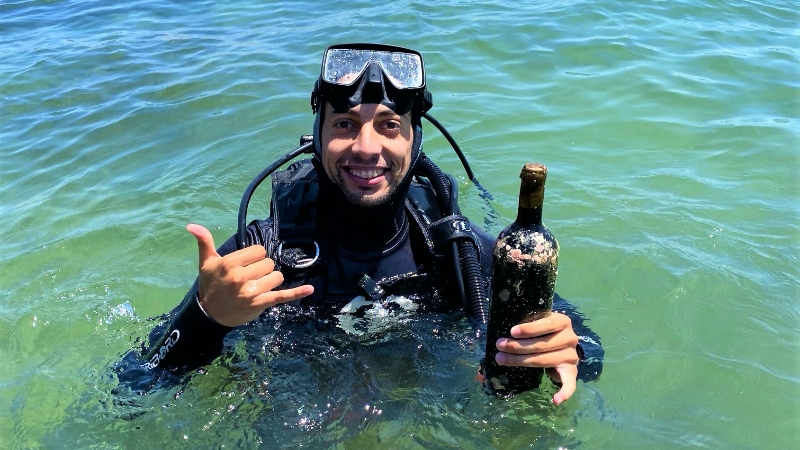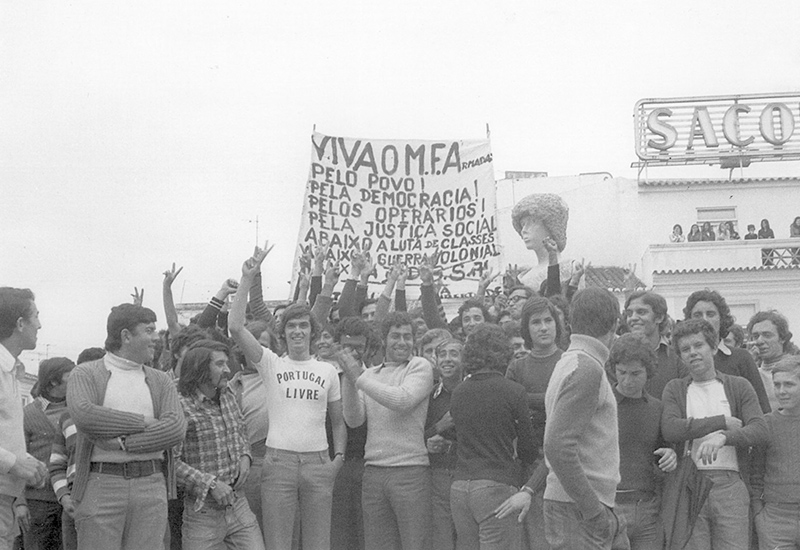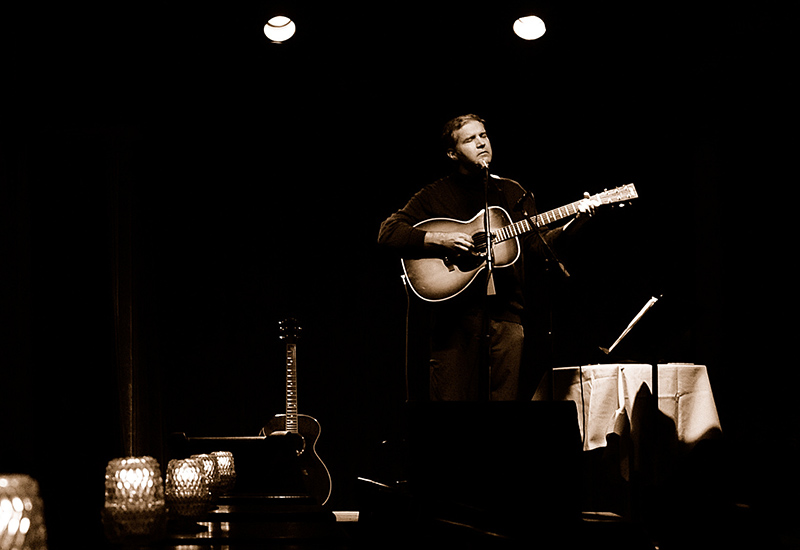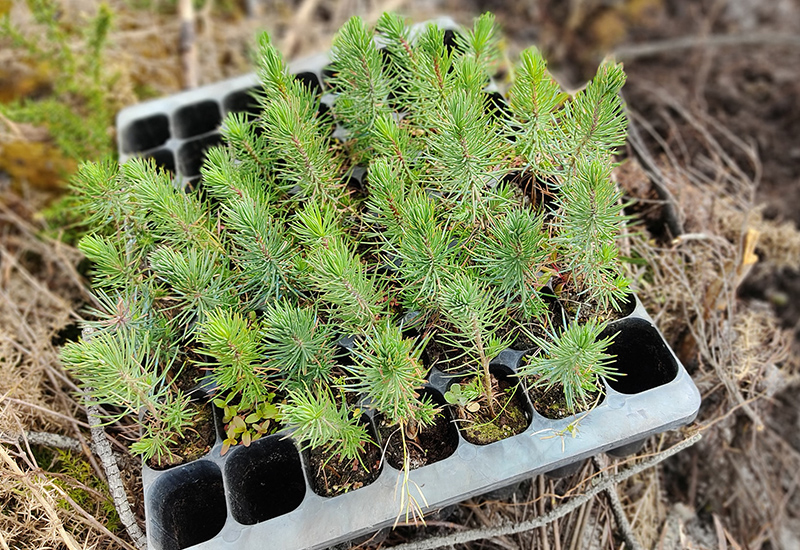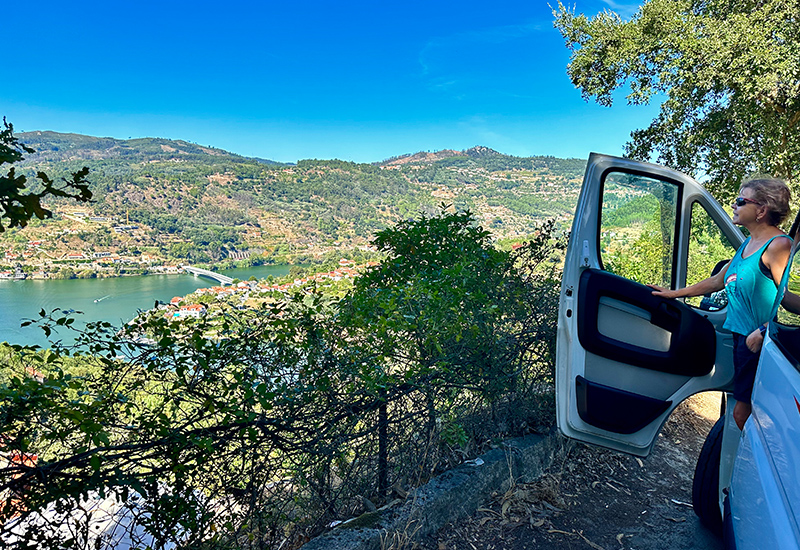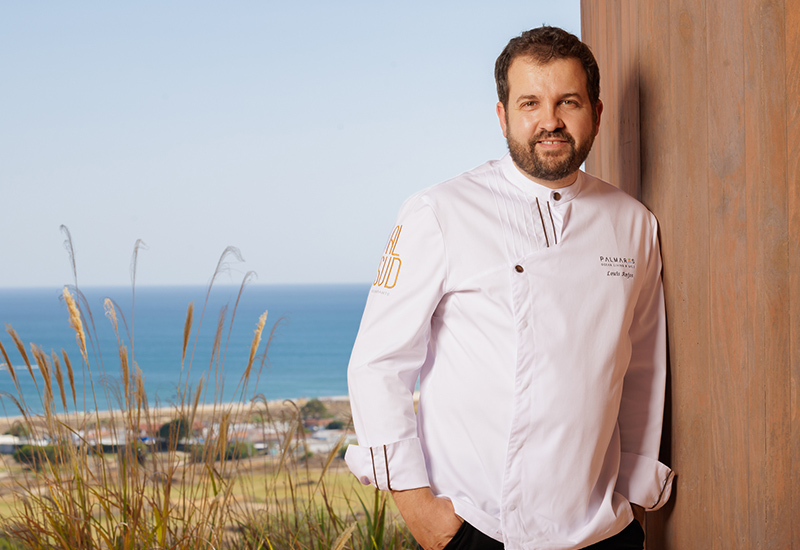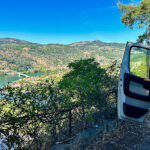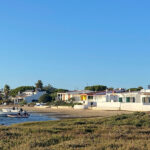By Julian Putley
Some 30 years ago, I was involved in a project in South Africa when a friend invited me to visit a vineyard in the Paarl region of the Cape. He had an interest in a winery and was keen to show me the production of the country’s signature wine, Pinotage. The wine owes its creation to South African vintners who produced the elixir from a grape grafted from two vines, the Pinot Noir and the Hermitage. Over the years, this wine has gained acceptance and even popularity by discerning tasters. I have always been fond of full-bodied red wines and when I tasted the Pinotage, I decided to order 12 cases; it was that good (and the rand was at a very acceptable exchange rate too).
I stored the wine in the bilge of my 43-ft sailboat and eventually departed for the Caribbean. The wine was kept cool in the dark recesses of the boat and it was continuously moving with the vibrations of the vessel. As the weeks and months went by, I felt the wine was improving as each new bottle was opened.


Fast forward to the present day in Portugal, which is becoming more and more celebrated for its wine industry. I recently learned of a new trend; that is maturing wines in the cool, dark and pressurised environment found under the sea. The technique has been undergoing experimentation for five years and the Portuguese company Quinta do Brejinho da Costa, in the Set.bal region of Portugal, is at the forefront of this continued evolution.
Senhor Hugo Candeias, export manager of Brejinho, explained that there are two different methods used depending on the types of wine: reds, roses and whites on the one hand and sparkling on the other. The selected wines are matured in oak casks for one year. Then they are bottled, placed in special racks and submerged in the cool Atlantic Ocean for a further 12 months.
Sparkling wine, notably the famous Portuguese Spumante, is similarly matured in oak casks and then bottled and submerged but to a much greater depth. The bottled still wines are sent down to 20 metres and the sparkling wines to a depth of 40 metres at temperatures of 17.C and 14.C respectively. After a 12-month period, the wines are brought to the surface and prepared for the market. The bottles at the shallower depths become encrusted with calcium deposits, the remains from micro-organisms, creating a unique and enchanting visage when presented at the table.
Ageing wines underwater has been inspired by wines recovered from shipwrecks. The Royal Mail Steamship Rhone sank in 1867 in the Caribbean. Three years later, a hard hat diver, Jeremiah Murphy, discovered the wine locker at a depth of 20 metres and brought up several bottles. He declared them to be as ‘good as new’ and happily consumed several bottles right then and there.

Even more impressive are the wines recovered from a Swedish freighter sunk in 1916. Divers discovered some 2.000 bottles of Heidsieck champagne some 80 years after the sinking of the vessel in the chilly waters of the Baltic Sea. Those lucky enough to sample the wine described it as being incredibly rich and complex, yet light-bodied, fresh and mellow. A taster described it as an elegant beverage with subtle toasty aromas with a hint of sweetness.
The descriptions of professional wine tasters and sommeliers are a bit beyond the taste buds of this writer, but recent reports are encouraging when it comes to the effect of undersea ageing on certain wines, notably sparkling wines. The hope is that young wines submerged in the sea can achieve the same effect as those that have aged and matured over many years in cellars on land.
For me personally, the following sentence sums it up nicely, ‘Wine improves with age, the older I get, the more I like it’.
